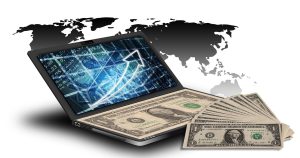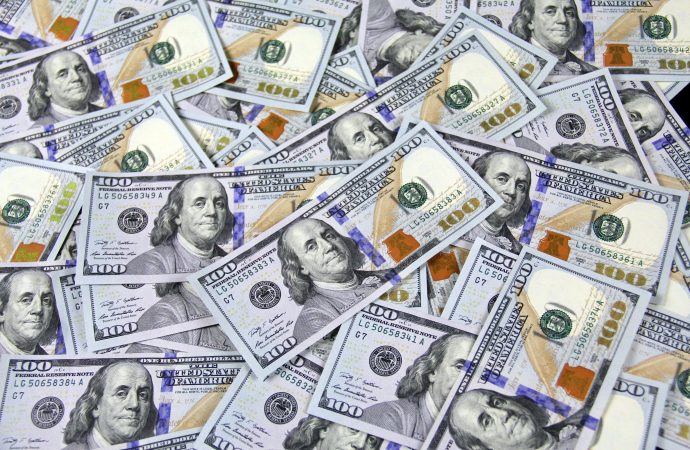In the tumultuous world of global finance, the U.S. dollar has long reigned supreme as the world’s primary reserve currency. Its resilience and dominance have weathered many a storm, but as the world grapples with economic uncertainties, it’s worth reflecting on the lessons history has to offer. Lessons from the Past The U.S. dollar’s position
In the tumultuous world of global finance, the U.S. dollar has long reigned supreme as the world’s primary reserve currency. Its resilience and dominance have weathered many a storm, but as the world grapples with economic uncertainties, it’s worth reflecting on the lessons history has to offer.
Lessons from the Past
The U.S. dollar’s position as the linchpin of international finance dates back to the end of World War II, with the Bretton Woods Agreement in 1944, which pegged most major currencies to the dollar and established the U.S. dollar’s convertibility to gold. This system held firm until 1971 when President Richard Nixon effectively delinked the dollar from the gold standard.
Subsequently, the U.S. dollar became a pure fiat currency, and the greenback’s significance continued to soar. However, it wasn’t all smooth sailing.
One prominent historical lesson comes from the 2008 financial crisis, which sent shockwaves throughout the global economy. As the world teetered on the brink of economic collapse, the dollar stood as a symbol of stability, attracting investors from all corners of the globe.
In a subsequent Op-Ed, we’ll explore the fascinating interplay between the dollar’s dominance and the 2008 financial crisis. Interviews with prominent economists and policymakers shed light on the role the U.S. dollar played in mitigating the crisis and providing much-needed liquidity.
Research Techniques for Verification

Image by Gerd Altmann from Pixabay
As journalists, it is imperative to corroborate our claims with well-documented facts. To ensure the accuracy of our reporting, we utilize the following research techniques:
- Archival Analysis: Delving into historical documents, archives, and agreements such as Bretton Woods and Nixon’s 1971 announcement, to provide a factual basis for our narratives.
- Data Analysis: Evaluating currency exchange rates, inflation figures, and economic indicators to gauge the dollar’s standing during various financial crises.
- Expert Interviews: Engaging with economists, financial experts, and policymakers who were involved in managing previous financial crises and can provide invaluable insights.
- Cross-referencing Reports: Confirming claims through cross-referencing reports from reliable sources such as the IMF, World Bank, and central banks.
Adherence to Journalistic Ethics
Maintaining ethical standards in reporting is paramount. We pledge to uphold the following ethical principles:
- Accuracy: We commit to delivering accurate and truthful information, vetted through extensive research.
- Fairness: We present a balanced view, incorporating diverse perspectives to ensure a comprehensive narrative.
- Independence: Our reporting is free from external influence, ensuring an unbiased presentation of the facts.
- Transparency: We disclose our sources and research methods to maintain transparency and credibility.
Stay Tuned
In the coming weeks, we will delve deeper into the connection between the U.S. dollar and global financial crises, providing a comprehensive overview of how the dollar has shaped the world’s economic landscape.
As the world faces new economic challenges, we must reflect on the lessons of the past, harnessing them to navigate the uncertain waters of the future.

















Leave a Comment
Your email address will not be published. Required fields are marked with *